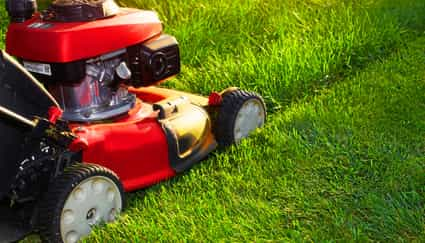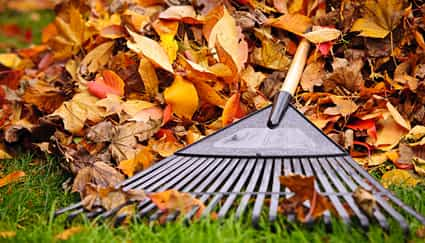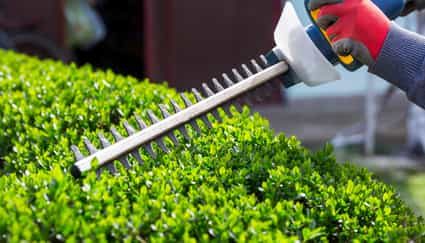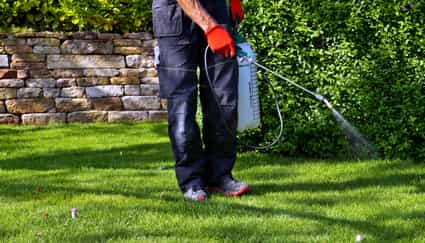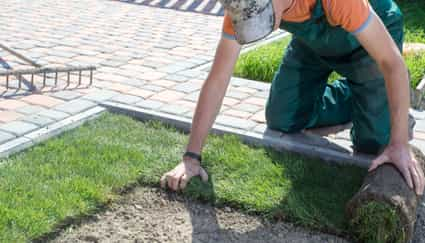
These Austin tree care professionals are ready for work
 Top Performer
Top Performer




 In High Demand
In High Demand




 Fast Response
Fast Response




Try some of our more popular services
Happy customers all over Austin
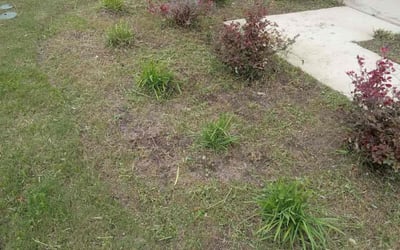


Austin, TX -
Jan 6, 2026
Austin Tree Care Facts
Demand for Tree Service by Month
| January |
79
|
| February |
63
|
| March |
90
|
| April |
89
|
| May |
91
|
| June |
96
|
| July |
95
|
| August |
100
|
| September |
91
|
| October |
61
|
| November |
62
|
| December |
64
|
Tree Services & Avg Pricing
| Tree Trimming (Small) | $132 |
| Tree Trimming (Medium) | $436 |
| Tree Trimming (Large) | $920 |
| Tree Removal (Small) | $298 |
| Tree Removal (Medium) | $776 |
| Tree Removl (Large) | $1,634 |
| Stump Grinding | $238 |
| Strub Trimming (one time) | $95 |
| Strub Trimming (Quarterly) | $88 |
| Shrub Trimming (monthly) | $78 |
As If Austin, Texas Isn't Already Amazing Enough
Locals weren't surprised when U.S. News & World Report named Austin the No. 1 place to live in the U.S. for 2017 and 2018. The largest bat colony in North America has also made the city their top place to live. More than a million bats emerge from under the Congress Avenue Bridge every night from March to October. You'll find nearly as many spectators surrounding the bridge each night to watch.
Austin is also the music capital of the world with more than 250 live music venues. The city cultivates a musical atmosphere for artists with open-mic nights throughout the downtown area. Austin is also recognized for the South by Southwest (SXSW) and the Austin City Limits (ACL) Music Festivals. These festivals showcase a diversity of live musical talent for audiences to enjoy. Sign up for Austin's Live Music Crawl with Austin Detours. You'll join a local musician as you learn about Austin's live music history, the current music scene, and visit iconic venues.
Give your taste buds a treat on the Secret Food Tours of Austin. Locals and visitors love the city's diverse culinary life. This tour is the perfect chance to add some local eateries to your list of favorites. Austin is also home to hundreds of food trucks. Sink your teeth into meatloaf wrapped in bacon by the Three Little Pigs. Get your breakfast at the Paperboy food truck, admired for its bacon, egg, and cheese sandwiches. Head over to Arlo's food truck for your favorite vegan patties.
Austin celebrates Eeyore's birthday on the last Saturday of April. Guests wear colorful costumes to celebrate the adored character from Winnie-the-Pooh. Eeyore's birthday celebration began in 1963 and has grown every since.
Austin is also one of the most dog-friendly cities in the country. You'll find 12 off-leash parks and hundreds of dog-welcoming outdoor restaurants and hotels.
There aren't enough hours in the day to experience Austin. Give North America's largest bat colony a visit and savor one of Austin's famous breakfast tacos. If you're short on time or too distracted with chores, let LawnStarter cross one thing off your to-do list. Worried about removing the tree near your porch or catching up on routine tree care? LawnStarter will find you the right tree care professional. Download the free LawnStarter app on your iPhone or Android device. Enter your ZIP code and view a full listing of lawn care, landscaping, and tree care services. Enter your tree care order, set your schedule, and LawnStarter will match you with a tree care company. While LawnStarter gets in touch with a tree care professional, you have the time to finally explore the city.
Recent Reviews
We encourage feedback from all customers to ensure we are delivering the best service possible.

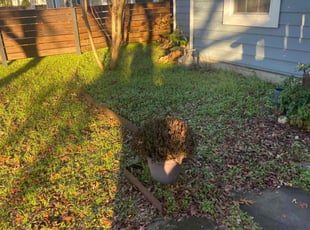
Top Austin, TX Tree Care Services of January 2026
We have reviewed local businesses across 4 different categories to come up with the best tree care companies in Austin, TX. These 10 businesses scored the highest points across the 4 categories: professionalism, experience, reliability and reputation. LawnStarter is not affiliated with these businesses.
Review Criteria:










Service Recommendations in Austin
LawnStarter pros will let you know what your lawn needs. Here are some recent recommendations for tree care services in Austin, TX.

